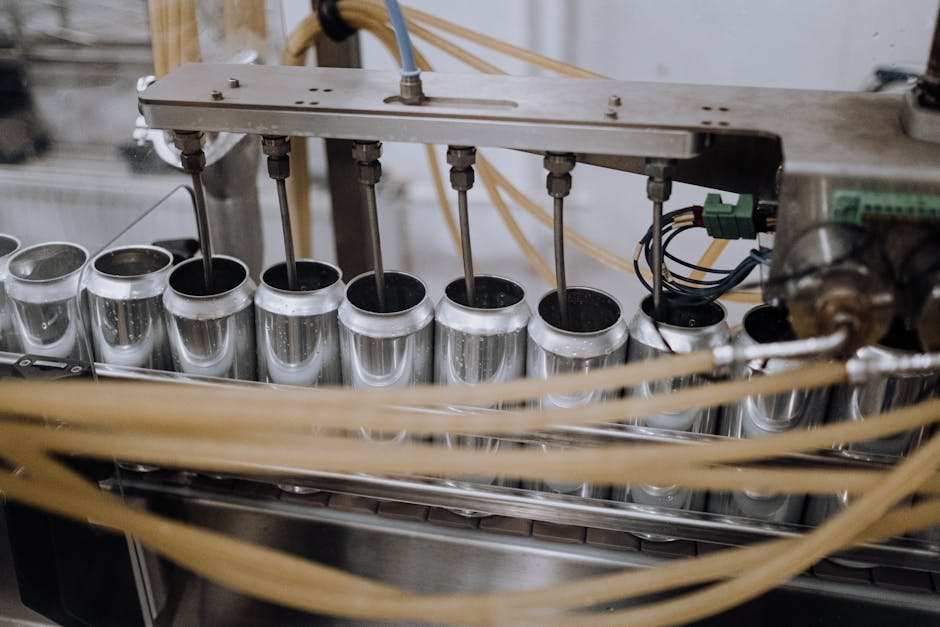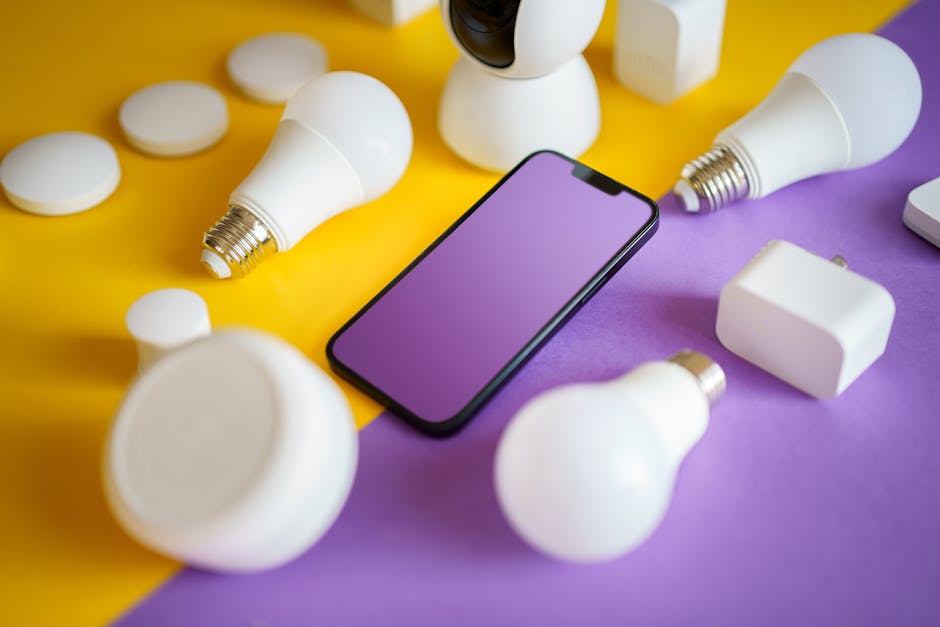
In the fast-evolving world of digital advertising, ad agencies in 2025 are under relentless pressure to streamline their operations, reduce repetitive manual work, and maximize campaign impact for clients big and small. As agencies scale up to handle dozens—even hundreds—of campaigns across networks, the difference between OK and extraordinary results is often found in one thing: how well your team leverages workflow automation. If your processes rely too heavily on manual effort, you’re burning precious hours and leaving money on the table. Let’s dive into five workflow automation tools every forward-thinking ad agency should explore (and why the right ones are true game-changers).

1. SizeIM – Automated Multi-Size Ad Generation Platform
Ask any agency designer about their least favorite task, and “resizing ad creatives for every platform” will be high on the list. With newer ad networks emerging every year, maintaining brand consistency while personalizing ads for dozens of resolutions is both exhausting and error-prone.
- One ad, unlimited sizes: SizeIM lets you design your core ad just once, then instantly generate pixel-perfect versions for every display ad network—from classic rectangles to billboards and mobile leaderboards. No more tedious manual tweaking or resizing in Photoshop.
- Template Library & Brand Kit Management: Start with 200+ stunning templates or create your own from scratch. Keep all logos, color palettes, and fonts central—ensuring bulletproof consistency across campaigns and clients.
- Time-Saving Automation: Our users routinely launch sets of 10x–20x more ad variations (across Google, Meta, and more) without additional staffing—making A/B testing and agile campaigns a true reality.
- Collaboration & Workflow Management: Assign user roles, automate approval steps, and quickly download finalized sets for immediate launch. No more bottlenecks or lost files in endless email chains.
- Stock Images & Font Uploads: A premium image library is at your fingertips, but you’re always free to upload your own fonts and assets for complete brand uniqueness.
Best for: Agencies wanting the fastest, most reliable way to create, scale, and test display ad campaigns for multi-brand clients, with zero compromise on quality or compliance.
Pricing: Plans start at $49/mo (annual) for single-users, scaling up for larger teams and enterprise.
Explore all features and try at https://www.sizeim.com.

2. Visual Integration Platforms for Seamless Automation
Ad agencies work with a dizzying array of platforms: analytics suites, email marketing tools, project boards, reporting dashboards, and more. Visual integration tools are the invisible engine connecting these pieces and letting you automate everything from campaign launches to reporting.
- Drag-and-drop workflow builders: Snap together triggers, actions, and data flows from over 1,000+ common tools (ad platforms, CRMs, email software, project managers) without a single line of code.
- Example workflows: Automatically notify your team in Slack when a Google campaign status changes. Instantly sync creative assets between your asset library and your design platform. Trigger client emails when monthly reports are ready.
- No-code options: Even account managers and creative leads can automate their recurring tasks without IT help—freeing everyone to focus on strategy, not grunt work.
Ideal for: Agencies running integrated campaigns across multiple software tools.
Why it matters: Every repetitive workflow you automate lets your team handle more clients—without increasing burnout.

3. Multichannel Campaign and Lead Management Suites
Managing leads and automating nurture sequences is essential for agencies offering end-to-end client value—from the first touch all the way to conversion. Modern multichannel marketing suites handle it from a single dashboard.
- Smart lead scoring: Systematically qualify and segment campaign leads across email, website, and social platforms.
- Omni-channel automation: Trigger personalized follow-ups, ad retargeting, or hand-offs to sales, based on real-time behavior.
- Integrated analytics: See exactly which channel and action moved the needle so you can double down on what works and fix what doesn’t—no more guesswork.
- A/B testing: Build, launch, and split-test all your multichannel sequences with drag-and-drop builders and real-time reporting.
Who should use it: Small to midsize agencies looking for affordable automation to fuel growth, without needing a piecemeal tech stack.

4. Centralized Client Request and Delivery Management Tools
Any agency managing dozens of clients or campaigns knows the pain of lost requests, missed deadlines, and drifting communication. A centralized project and billing dashboard (tailored for agency workflows) gives you single-source-of-truth clarity.
- CRM built for agencies: Store every order, deliverable, and client message in one place—never lose a request in a sea of inboxes again.
- Automated onboarding: Turn new deals into projects, assign roles and billing, and kick off timelines instantly (with integrated notifications).
- Project and billing sync: Link every deliverable to billing, invoicing, and subscription tracking. No manual reconciliation or billing errors.
- Client self-service: Offer status portals so clients can see progress, approve assets, and download deliverables without endless back-and-forth.
When to deploy: As soon as you’re managing more than a handful of active clients. It’s the difference between operating as a solo freelancer and delivering like a mature agency.

5. End-to-End Resource and Workflow Management Platforms
Deep workflow automation doesn’t stop at project set-up; agencies need clear visibility into resource allocation, utilization, and profitability at every stage.
- Time and resource tracking: Monitor hours by project, client, or task—then optimize allocations before the bottleneck hits.
- Task automation: Assign, escalate, or reroute work automatically as projects and deliverables shift.
- Client communication portals: Let clients approve creatives, view status, and provide feedback without email chains—freeing teams from unnecessary interruptions.
- Budgeting and forecasting dashboards: See which projects are profitable (and which need intervention) in real time.
Team fit: Agencies scaling fast, juggling multi-client teams, or pursuing aggressive growth targets benefit the most—but even boutique shops find hours saved weekly.
How We Recommend Choosing Workflow Automation Tools
We know from hands-on agency and client experience: not every tool fits every shop. The best investments come when you:
- Map your bottlenecks: Where are you losing hours (manual creative resizing? reporting? approvals?), and what impact would automation have?
- Trial the essentials: Most modern automation suites (including SizeIM) offer free trials—so test drive before you commit.
- Prioritize integration with your core platforms: Look for automation that connects seamlessly with your existing CRM, project board, design tool, or ad network.
- Engage your team early: The best tools become agency habit when staff and leadership see firsthand how much easier their day can be.
The agencies that survive (and thrive) in 2025 will be those who use automation to amplify—not replace—their creative and strategic edge.
Get Ahead: Accelerate Your Agency Workflow in 2025
The time for manual, error-prone processes is over. Integrated workflow automation is now table stakes for any agency looking to deliver fast, on-brand, and scalable results.
- Dramatically reduce manual tasks and function fatigue.
- Deploy campaigns to more networks and channels without extra hires.
- Deliver seamless, consistent ad experiences to every client—every time.
Curious how much time—and margin—you could save on your next ad campaign?
Try SizeIM free, or explore our flexible pricing plans to future-proof your agency’s workflow, so you can spend less time resizing and more time creating breakthroughs.
